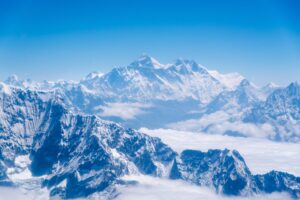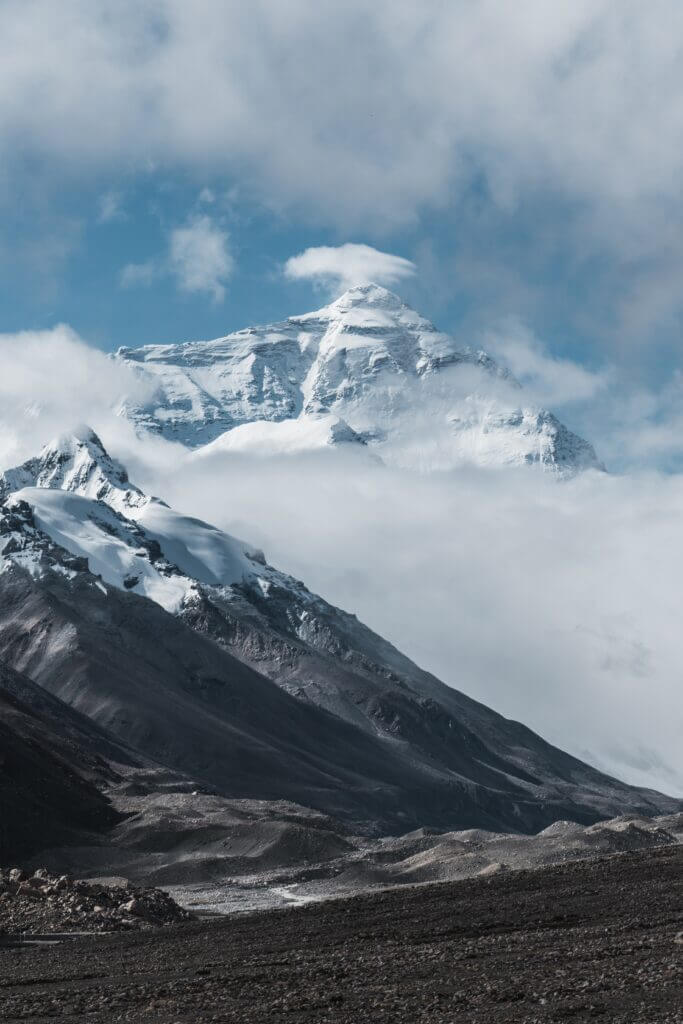Mount Everest climbs to a staggering 29,032′ tall. It is the world’s tallest mountain…and highest graveyard. The intrepid climbers who take on Everest’s challenge do so knowing that the icy crags of the mountain may become their final resting place. It’s believed that hundreds of bodies have found their last resting place on the merciless crags and slopes of the mountain.
Why Do People Continue Climbing Everest? How Many Bodies Remain on Everest?

The climbing world knows well the dangers of Mount Everest. The mountain has a zone literally known as “The Zone of Death”, and its victims have regained international renown, identified under sobriquets like Sleeping Beauty and Green Boots. But the adversities of Everest don’t deter everyone. Tourism and mass group expeditions up the mountain are only growing in popularity.
The Himalayan Database records all known expeditions to the mountain and reports that over 10,800 have occurred since 2020. The mountain is, for many, the ultimate test of mettle and skill for climbers. For others, it is the goal or dream of a lifetime. So, people keep climbing Everest, and Everest keeps collecting bodies.
The mountain has claimed over 300 climbers in recent history, and about two-thirds of that number remain on the mountain. The current estimate of remains left behind on Everest total around 200.
Why Are Dead Bodies Left on Everest?
It’s startling for many individuals unfamiliar with Mount Everest’s death toll to discover that most dead bodies on Everest will remain forever. However, the reasons for leaving the bodies behind are purely logical.
The dangers of Everest make retrieving a body extremely difficult – sometimes impossible – and expensive. Bodies resting above Camp 2 21,000ft cannot be retrieved by helicopter. Instead, the bodies need to be carried down the mountain for retrieval. To retrieve a body takes a team of rescuers or Sherpa capable of digging out frozen bodies and bearing the extra weight of a frozen corpse down the mountain. The cost of such an expedition can climb above $70,000.
Because of the cost and extreme risk to the retrieval team, few bodies ever leave Everest. And many mountaineers prefer their bodies stay on the mountain if they pass there in the tradition taken from sailors lost at sea.
The Bodies Of Dead Climbers On Mount Everest Serve As Guideposts
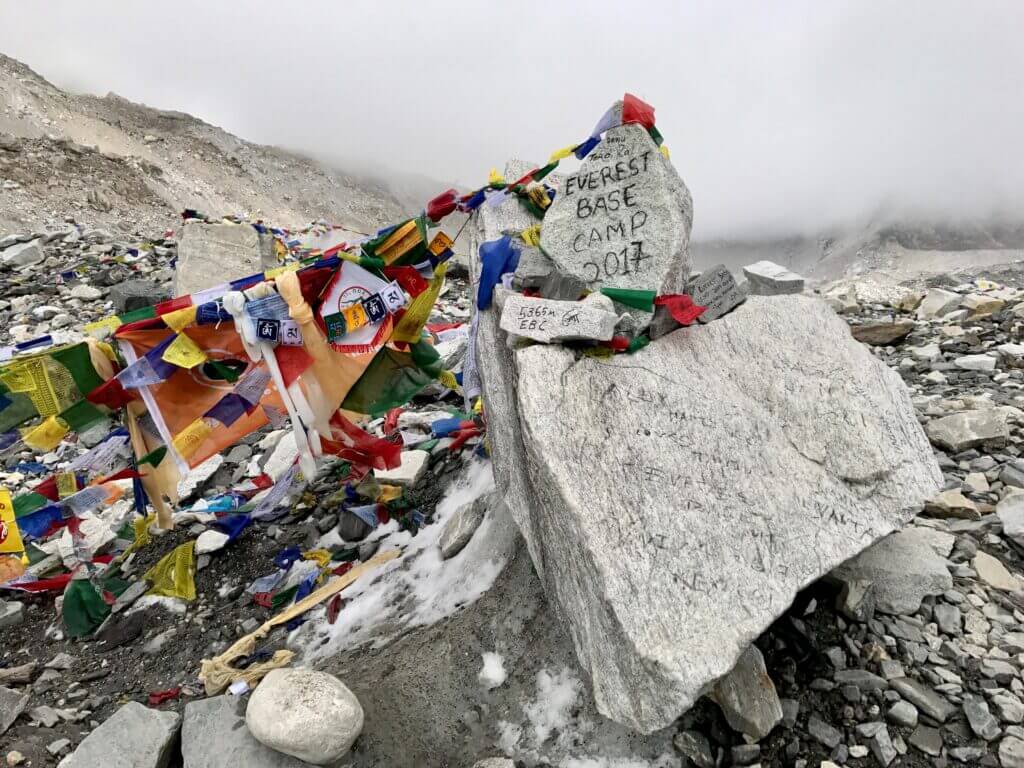
In a tradition as macabre as it is practical, the bodies of dead mountain climbers on Mount Everest have evolved into guideposts on the trail to the summit. The corpses mark the end of a journey for mountaineers of the past but provide a consistent marker for today’s climbers as they pursue the elusive summit. Many of the bodies remain unidentified, but some of Everest’s victims, like Green Boots and Sleeping Beauty, are well-known and have grown to become the mountain’s most famous permanent residents.
Famous Bodies On Mount Everest
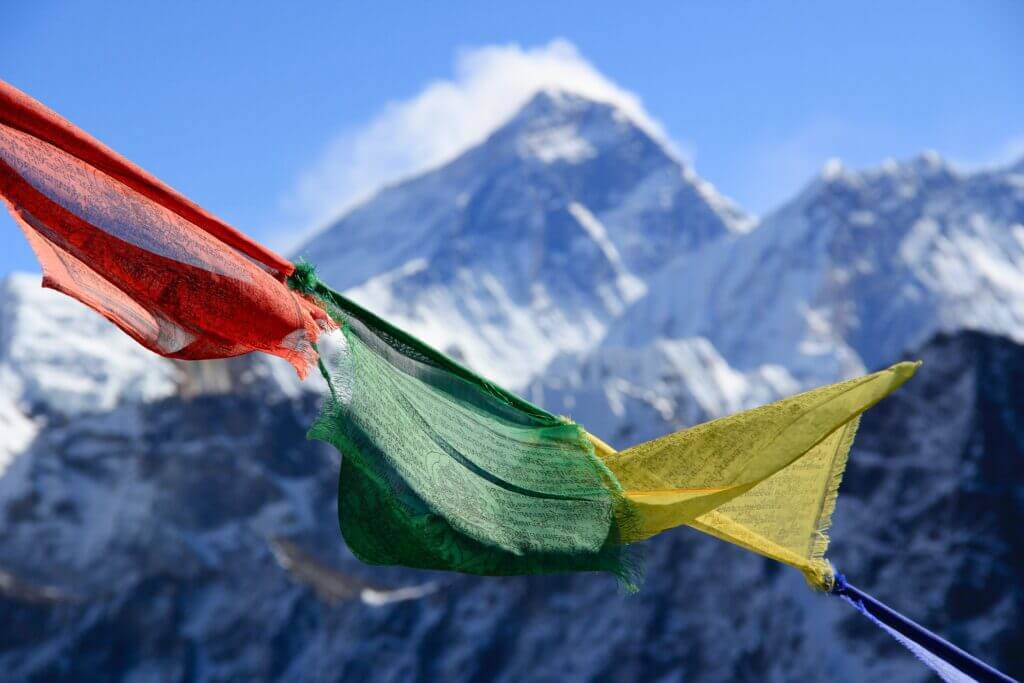
Green Boots – Tsewang Paljor
In 1996, Indian climber Tsewang Paljor began his ascent of Everest. He would never return from the expedition. For some time, Paljor’s body lay in a cave on the route to the summit. His corpse was recognizable because of the green boots he wore during the expedition.
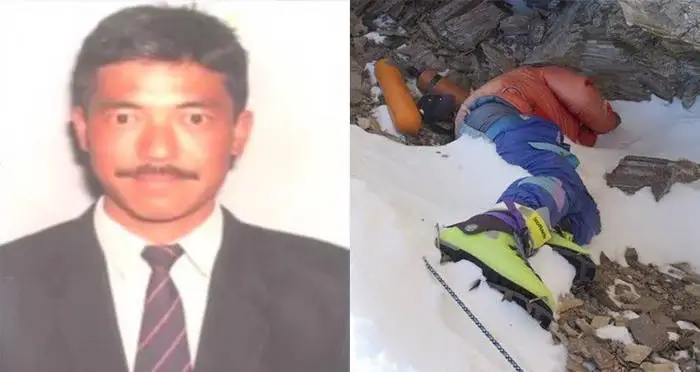
In 2014, the Chinese government removed Tsewang Paljor’s body from the main trail and buried it beneath snow and rock at his family’s request.
Sleeping Beauty – Francys Arsentiev
In 1988, the couple Francys and Sergei Arsentiev ascended Everest. Francys was the first American woman to attempt the climb without oxygen. She and her husband reached the summit but never completed the return trip.
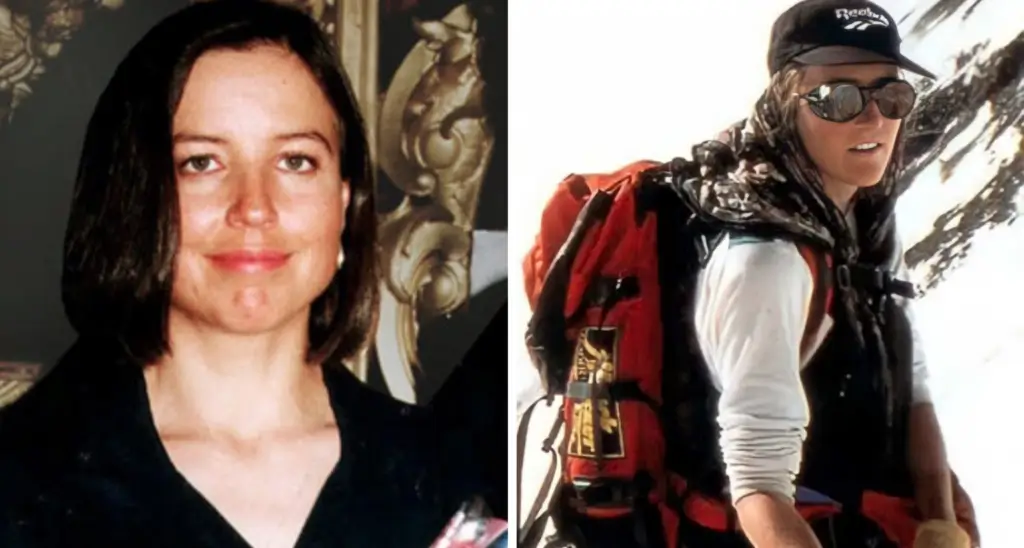
Francys became separated from her spouse on the descent to Camp 6. Sergei returned to look for her and received news from an Uzbek group of climbers that they had found Francys and tried to help, but she could not travel.
Sergei and Francys both lost their lives on the mountain. Francys’ body became a marker known as “Sleeping Beauty.” She rests covered in an American flag with a teddy bear tucked under her arm from fellow explorer Ian Woodall. Her husband’s body went undiscovered until a year after her passing. Sergei had fallen down the mountain. Discover more of Francys’ story by clicking here.
Rob Hall – 1996 Everest Disaster
The 2015 release of the film “Everest” depicts the story and demise of mountaineer Rob Hall. He was one of the world’s most famous climbing athletes. He, alongside his close friend Gary Ball, completed the Seven Summits Challenge by climbing the world’s seven tallest mountains.
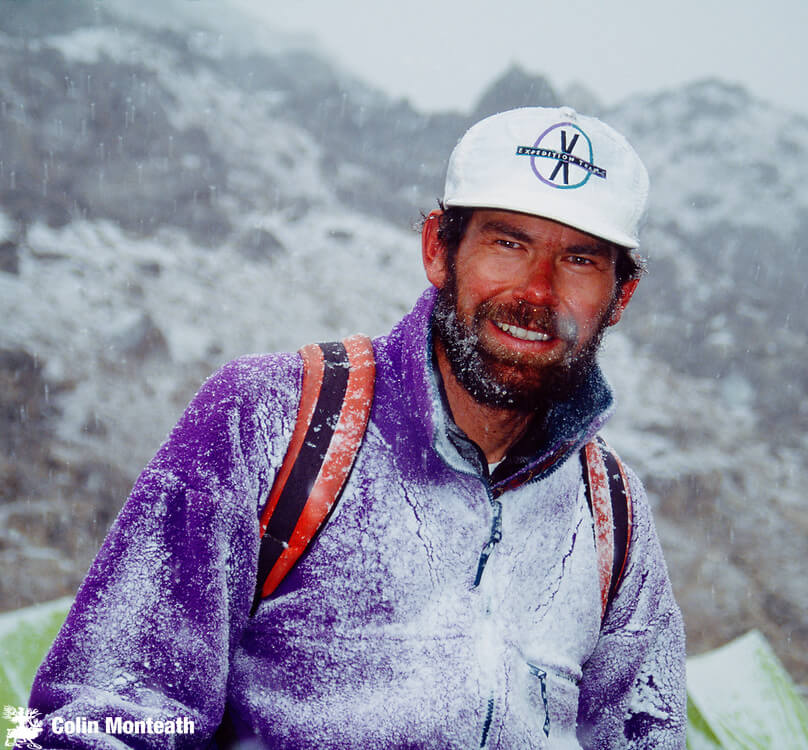
Hall’s adventuring came to an end with the 1996 Everest Disaster. Hall led an expedition up the mountain in early May. A series of unfortunate events led to the expedition becoming trapped during one of Everest’s violent snow storms. Rob and one of his expedition members, Doug Hansen, died during the storm. Several other climbers on separate expeditions passed in the same storm. Read more about Rob Hall’s life here.
Scott Fischer – 1996 Everest Disaster
The storm of 1996 also took the life of seasoned mountaineer Scott Fischer. During the ascent with his Mountain Madness group, Fischer successfully reached the summit. However, he began to suffer from exhaustion. Fischer sent his expedition team on ahead when the storm struck, knowing he would slow them down. Unfortunately, he lost his life during the storm.
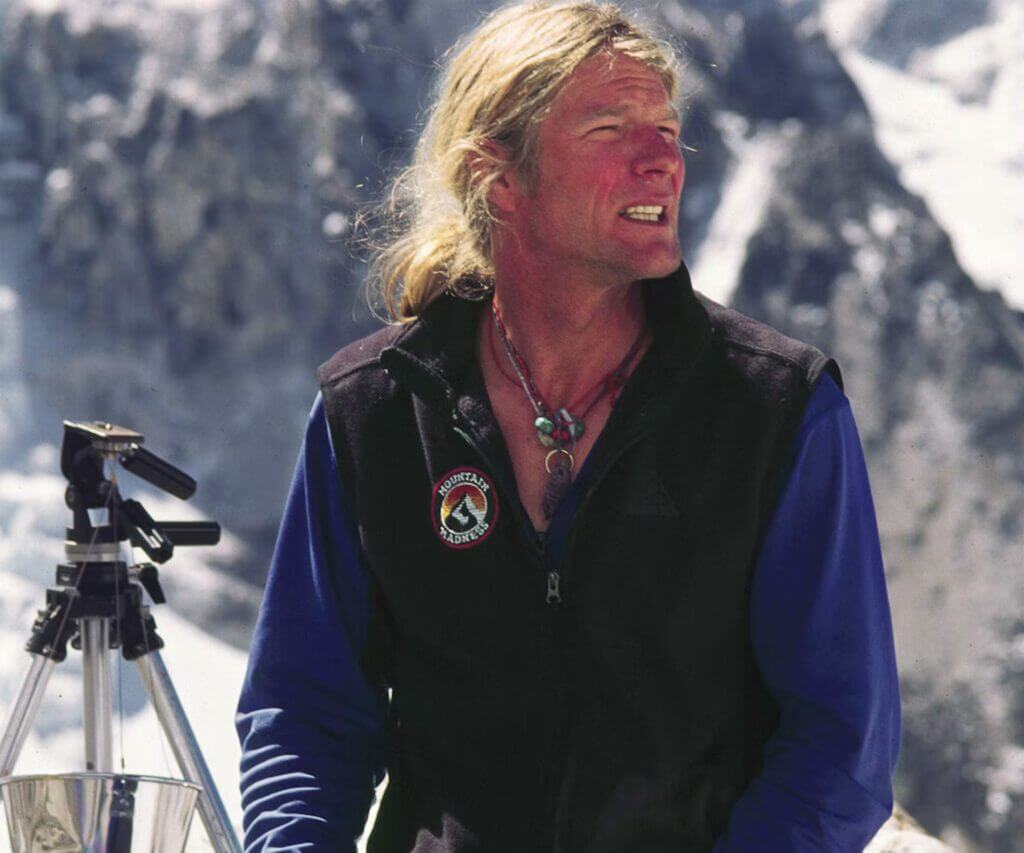
George Mallory
George Mallory’s name is synonymous with Mount Everest. General consensus names him the first man to explore Everest. Mallory successfully climbed the mountain twice, in 1921 and again in 1921. Numerous maps and trails emerged from the expeditions, but Mallory did not reach the summit.
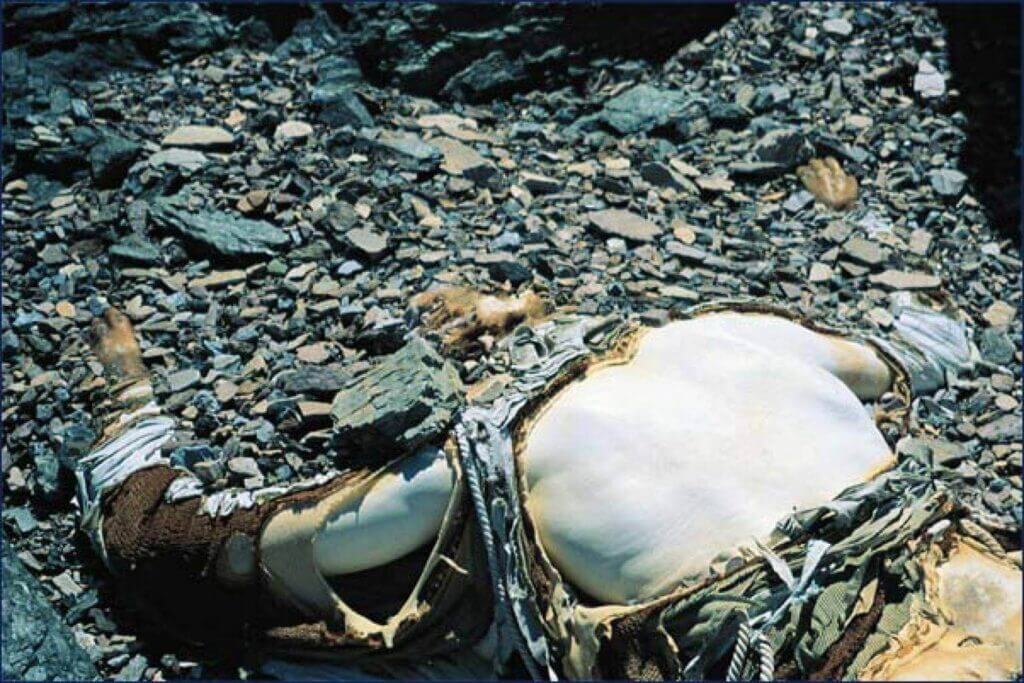
However, he returned in 1924, intent on summiting the mountain. He was last seen alive, leaving Camp IV on June 8. Mallory’s body went undiscovered until an expedition located it in 1999. It is unknown if he ever reached the summit. Mallory led a life of mountaineering and exploration before his demise – read more about his life here.
David Sharp
In 2006, David Sharp attempted to climb the mountain. It is thought he had successfully summited on his solo attempt. However, the matter remains unsolved. Sharp would never return to tell his story.

His body was found beside “Green Boots” in a small cave, presumably where Sharp had stopped to rest or take shelter. He died frozen in place.
Hannelore Schmatz
Exhaustion on Everest led to Hannelore Schmatz‘s death. She ascended with her husband, Gerhard, but the two split into separate groups to complete the journey. Her group successfully reached the summit, turning back after an arduous journey through harsh weather conditions.
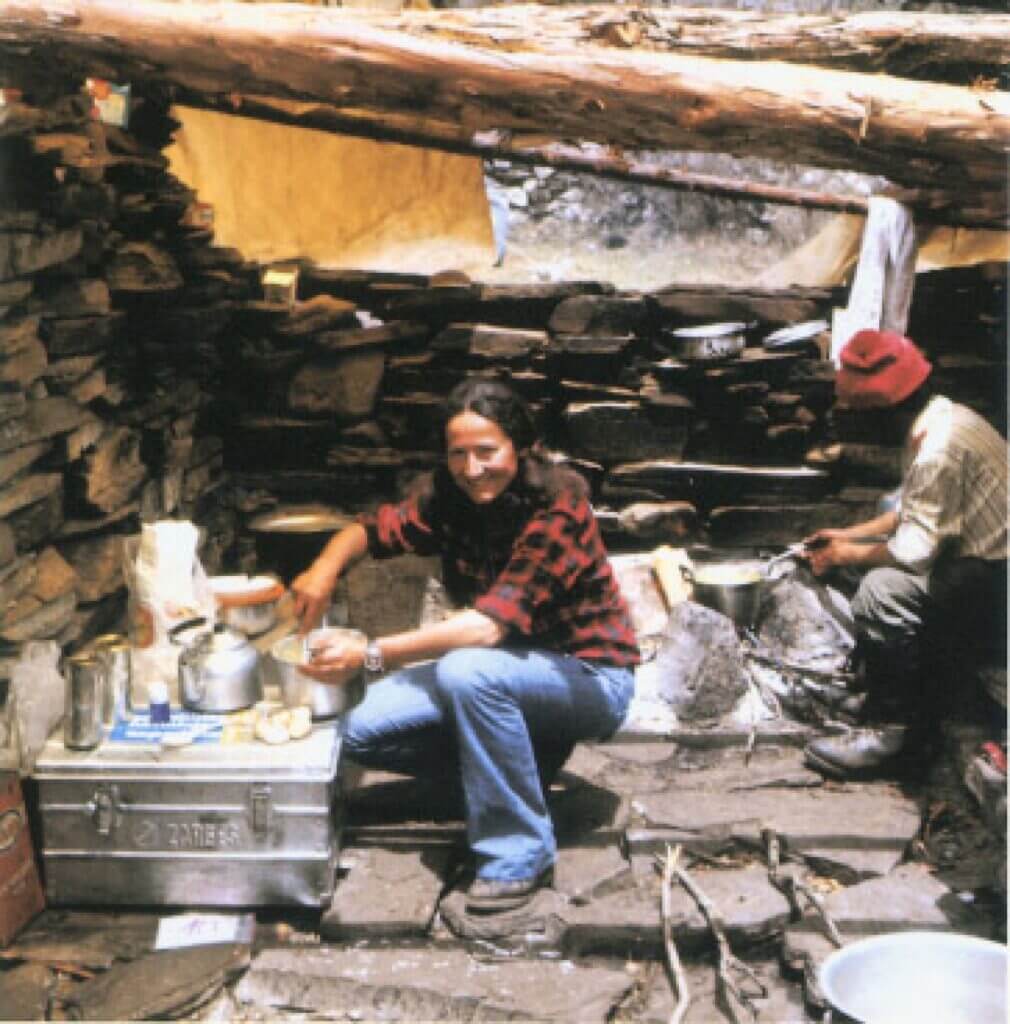
Hannelore stopped to take shelter and rest with another climber, Ray Genet. Genet did not make it through the night. Hannelore continued the descent before succumbing to exhaustion. She died only 328 ft. from Camp IV. A 1984 attempt to retrieve her body was unsuccessful; Schmatz’s remains are now lost to snow and time on the mountain.
Shriya Shah-Klorfine
Shriya Shah-Klorfine was one of the twelve climbers who died in 2012 on Everest. It was one of the mountain’s deadliest years since the 1996 disaster. Shriya successfully summited the mountain but remained too long, using up excess oxygen as she captured the moment on camera.
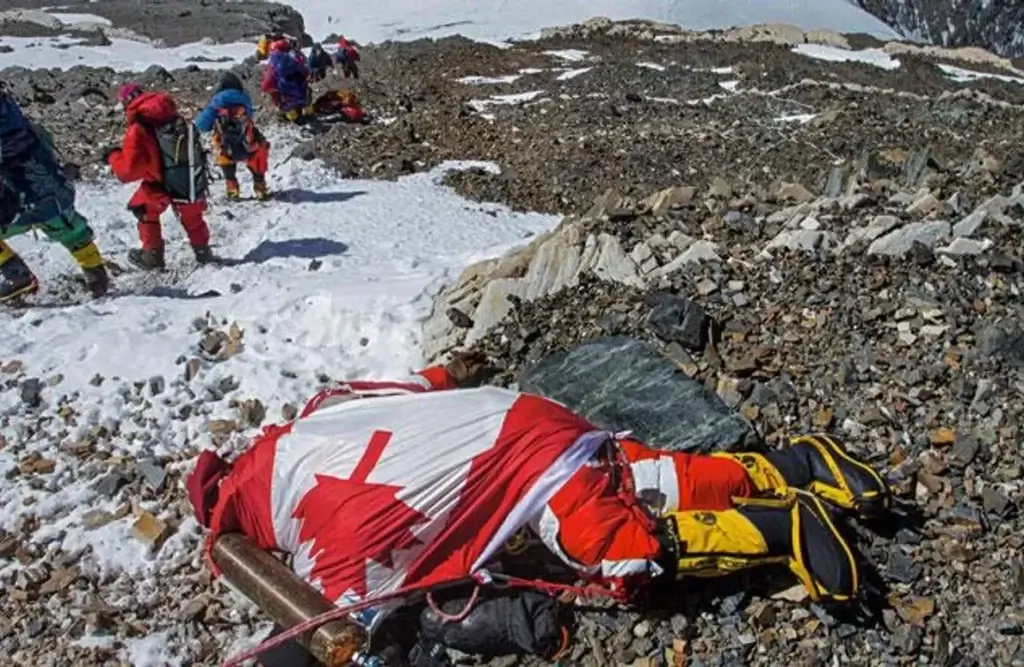
On the descent down, Shriya suffered from exhaustion. She passed at 26,246 ft. Her body remained on the mountain draped in a Canadian flag for a time. Her body was later retrieved to Base Camp and removed from the mountain.

